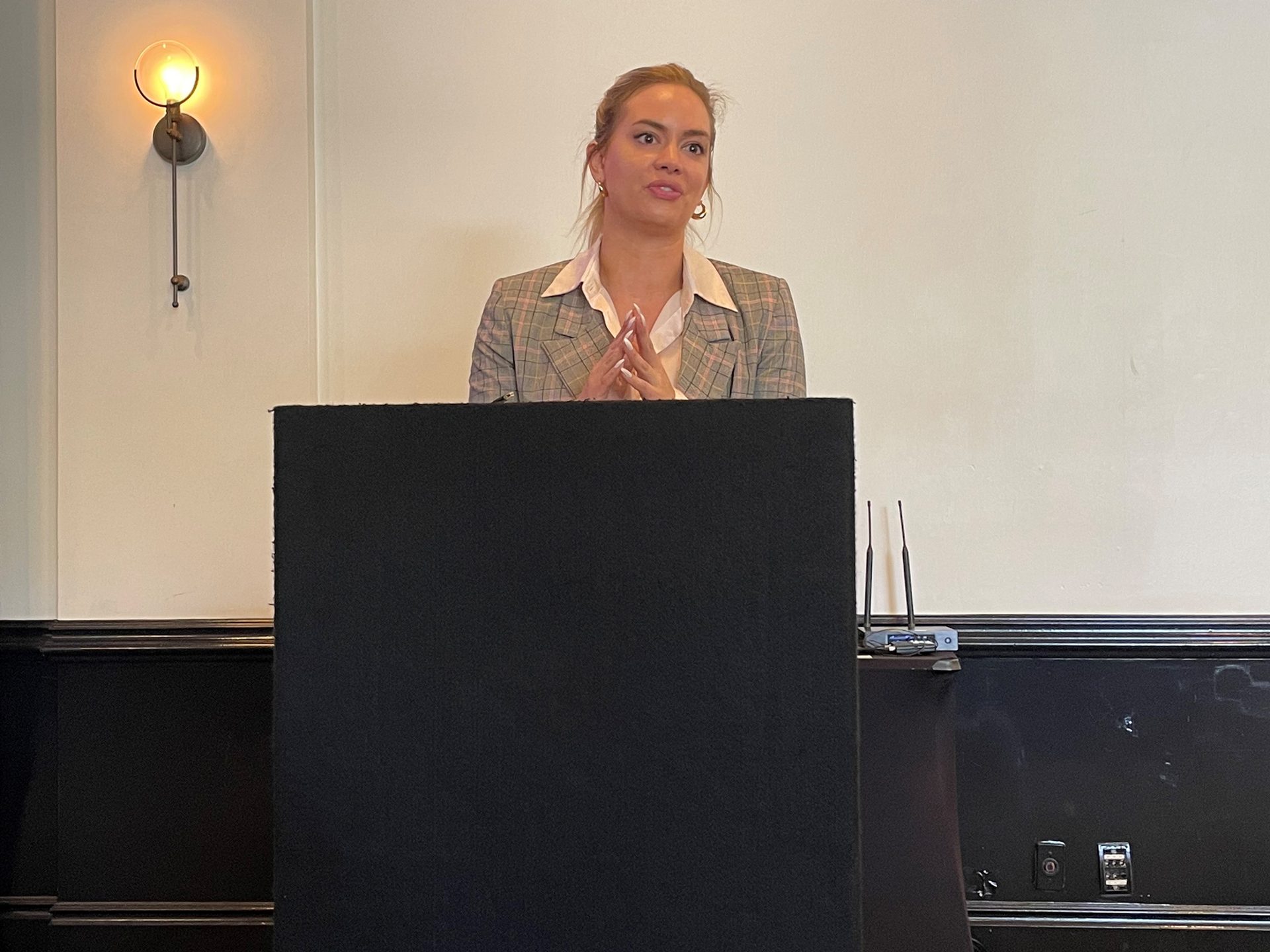“For ASA, our work includes monitoring legislation that would be relevant, especially topics such as lead, clean water, lead pipes, decarbonization, electrification and labeling requirements,” MacKay said. “We provide updates on committee hearings, legislative deadlines, relevant regulatory or agency actions, and also represent ASA at all stakeholder meetings.”

